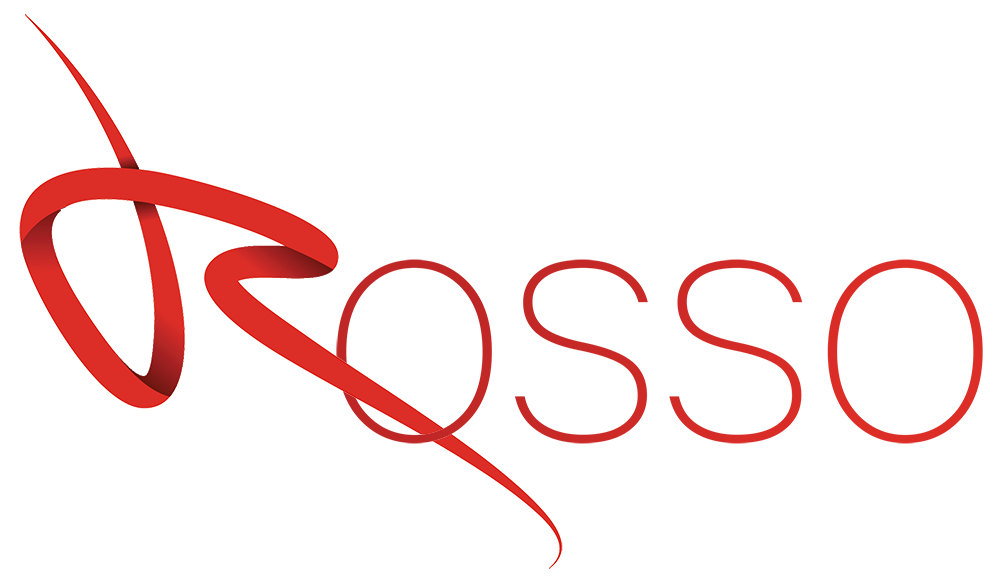The Role of Creativity in Interior Design
Interior design is an art form that combines functionality and aesthetics to create spaces that are visually appealing and practical. While technical skills and knowledge of design principles are essential for an interior designer, creativity is what sets them apart and allows them to bring unique and innovative ideas to life.
At its core, interior design is a form of creative expression. It involves envisioning and conceptualizing spaces, selecting colors, materials, and furniture, and arranging them in a way that enhances the overall ambiance and functionality of a room.
Unleashing Creative Potential
Creativity is not limited to a select few. It is a skill that can be developed and nurtured. For interior designers, tapping into their creative potential is crucial for staying relevant in a rapidly evolving industry.
One way to enhance creativity is through continuous learning and exposure to new ideas. Interior designers can attend design seminars, workshops, and exhibitions to gain inspiration and stay updated with the latest trends and techniques.
Another way to foster creativity is by embracing experimentation. Trying out new color palettes, materials, and design elements can lead to unexpected and exciting results. By stepping out of their comfort zones, interior designers can push the boundaries of traditional design and create spaces that are truly unique.
The Role of Inspiration
Inspiration is the fuel that drives creativity in interior design. It can come from various sources, such as nature, art, travel, or even everyday objects. By keeping an open mind and being receptive to inspiration, interior designers can find fresh ideas and perspectives.
For example, a walk in the park can inspire a designer to incorporate earthy tones and organic textures into a living room design. A visit to an art gallery might spark ideas for incorporating bold patterns and vibrant colors into a bedroom design.
Collaboration and Creative Problem Solving
Creativity in interior design is not limited to the individual designer. Collaboration with clients, architects, and other professionals is often necessary to bring a design project to life.
Collaboration fosters creative problem-solving and allows different perspectives and expertise to come together. By working in a team, interior designers can bounce ideas off each other, explore new possibilities, and find innovative solutions to design challenges.
Conclusion
Interior design is a field that thrives on creativity. By nurturing their creative potential, embracing experimentation, seeking inspiration, and collaborating with others, interior designers can create spaces that are not only visually stunning but also functional and tailored to the needs and preferences of their clients.

